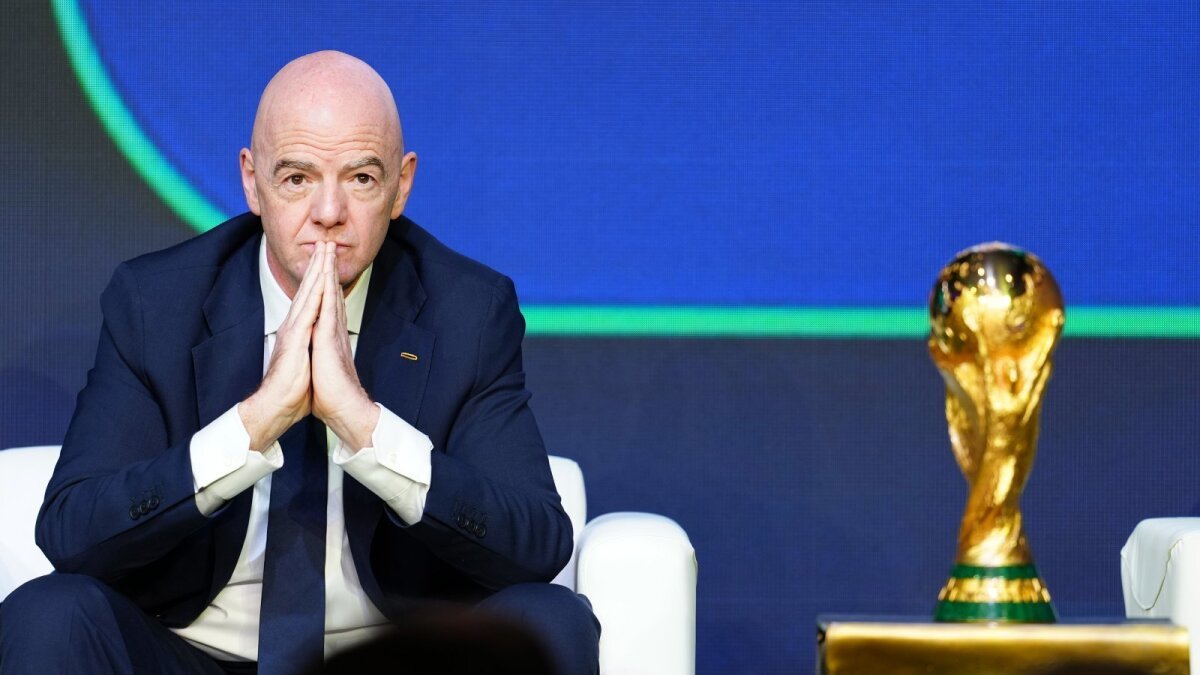[Opinion]Dangbackjun
Daewongun, Father of King Gojong, a ruler at the end of Yi Dynasty, was an ambitious politician who exercised a great influence on the governance. He tried to tighten the grip of the king to revive the falling kingdom.
As a part of the effort, he developed a plan to rebuild Gyungbok Palace, which had been left abandoned for almost 300 years since a fire during the Japanese invasion. He also planned to build up military to fight against foreign force. And the two major plans required a huge amount of funds. Facing an empty national coffer, Daewongun decided to issue Dangbackjun,
The currency, which has ten-times higher value than the existing currency at that time Sangpyongtongbo, came in circulation in 1866. Although it was only about 5 to 6 times heavier than the existing currency, its face value ran up to 100 times higher. The new currency, however, was in fact traded at about one tenth of the face value. It was bad money designed to fatten the national coffer.
Daewongun initially expected a wide circulation of the currency, which was modeled after Chinese Chung Dynastys Dangchungjun and Dangbackjun. To little surprise, however, people avoided using the currency.
So did merchants. The de-facto ruler, therefore, enforced use of the new currency through local authorities, but to little avail. Then he ordered the local authorities to use certain amounts of the new money when they made expenditures, leading to realization of Greshams law observing that bad money drives out good.
The good money Yupjun began to disappear, and the bad money caused a bout of inflation. In a years time, the price of rice more than sextupled. In addition, as people began to print Dangbackjun themselves, the currency system further fell into disorder.
When the ruler finally decided to stop issuing the bad money, the system was already in a mess, not to mention the inflation. Later people even imported money from China amid the chaos.
The currency system has always been an effective policy tool for any cash-stripped government. North Korea reportedly decided to give up its rice distribution system to sell a pack of rice at a market price of 45 won, instead of handing it out for 10 to 20 jun. Given that 1 won is equal to 100 jun, the new arrangement translates into a 450-fold price hike.
And Pyongyang also plans to abandon the Jun currency unit. Workers and soldiers will also see their salaries rise 10 to 20 times. North Korea is gearing up for a currency reform. Is it a deja-vu of what happened 100 years ago? Daewongun aimed to make up for deficit and build up military. Is that what North Korea trying to do?
parkyk@donga.com



![‘선거 연패’ 트럼프가 놓친 것…물가와 집값[트럼피디아]〈53〉](https://dimg.donga.com/c/138/175/90/1/wps/NEWS/IMAGE/2025/12/14/132959327.1.jpg)
![10번 북송된 그녀, 73만 유튜버 되다…탈북 유튜브 ‘유미카’ 뒷이야기[주성하의 북에서 온 이웃]](https://dimg.donga.com/c/138/175/90/1/wps/NEWS/IMAGE/2025/12/12/132938957.1.jpg)


